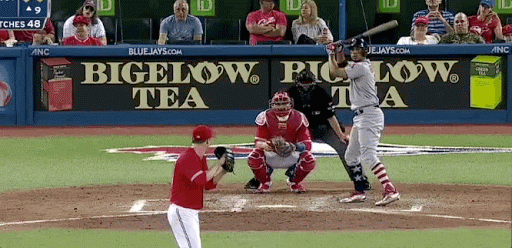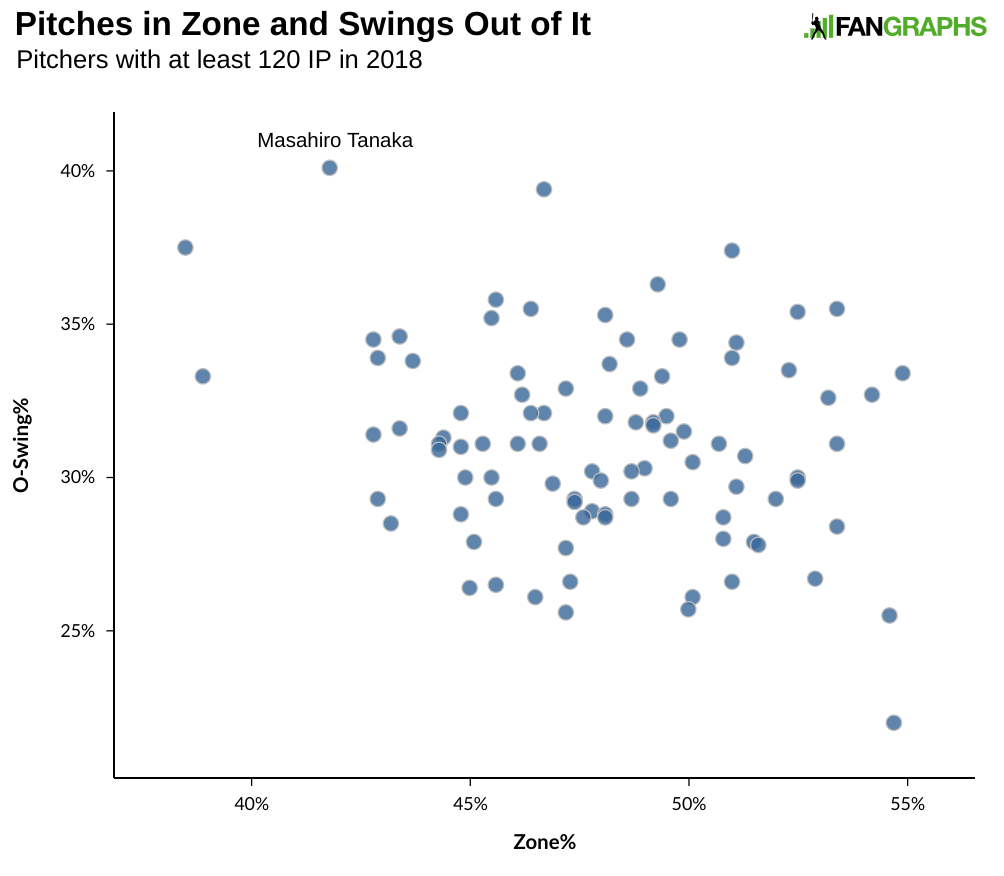Team Entropy 2018: From Eight Teams to Almost Six
This is the second installment of this year’s Team Entropy series, my recurring look not only at the races for the remaining playoff spots but the potential for end-of-season chaos in the form of down-to-the-wire suspense and even tiebreakers. Ideally, we want more ties than the men’s department at Macy’s. If you’re new to this, please read the introduction here.
Look, it hasn’t been a great week and a half for the Team Entropy bandwagon, but part of this job is staring a distinct lack of chaos in the face and acknowledging that fact. As of Labor Day (September 3), the National League featured eight teams with playoff chances of at least 25.6%. Ten days’ worth of games later, the lowest of those teams at the time, the Diamondbacks, is down to 3.2%, but they’re not even the ones who have fallen the furthest. The Phillies, losers of six out of eight since then, and 22 of their last 32 overall, are down to a 2.9% chance, a drop of 27.2 points since Labor Day. They’re now below the odds of the Mariners in the AL (5.7%) at the time, which I totally waved off.
Here’s a quick comparison of those eight NL teams since Labor Day:
| Team | W-L @ 9/3 | W% | Playoffs | W-L Since | Playoffs | Dif |
|---|---|---|---|---|---|---|
| Cubs | 81-56 | .591 | 99.8% | 4-5 | 99.9% | 0.1% |
| Brewers | 78-61 | .561 | 85.8% | 6-2 | 97.9% | 12.1% |
| Dodgers | 75-63 | .543 | 83.8% | 4-4 | 74.9% | -9.0% |
| Braves | 76-61 | .555 | 75.0% | 6-3 | 97.0% | 22.0% |
| Cardinals | 76-62 | .551 | 54.7% | 5-3 | 54.2% | -0.5% |
| Rockies | 75-62 | .547 | 41.1% | 6-3 | 68.9% | 27.8% |
| Phillies | 72-65 | .526 | 30.2% | 2-6 | 2.9% | -27.2% |
| D-backs | 74-64 | .536 | 25.6% | 3-6 | 3.2% | -22.4% |
The aforementioned two teams bore the brunt of the losses, but the Dodgers also took a substantial kick to the stomach. Their odds of winning the NL West dropped from 70.8% to 55.5%, while their odds of claiming a Wild Card spot climbed only from 13.1% to 19.4%. They still have the highest probability of winning the World Series of any NL team (13.6%, down from 16.3%), but I’ll wager that the machine running these odds hasn’t sat through their late-inning bullpen mess recently.








